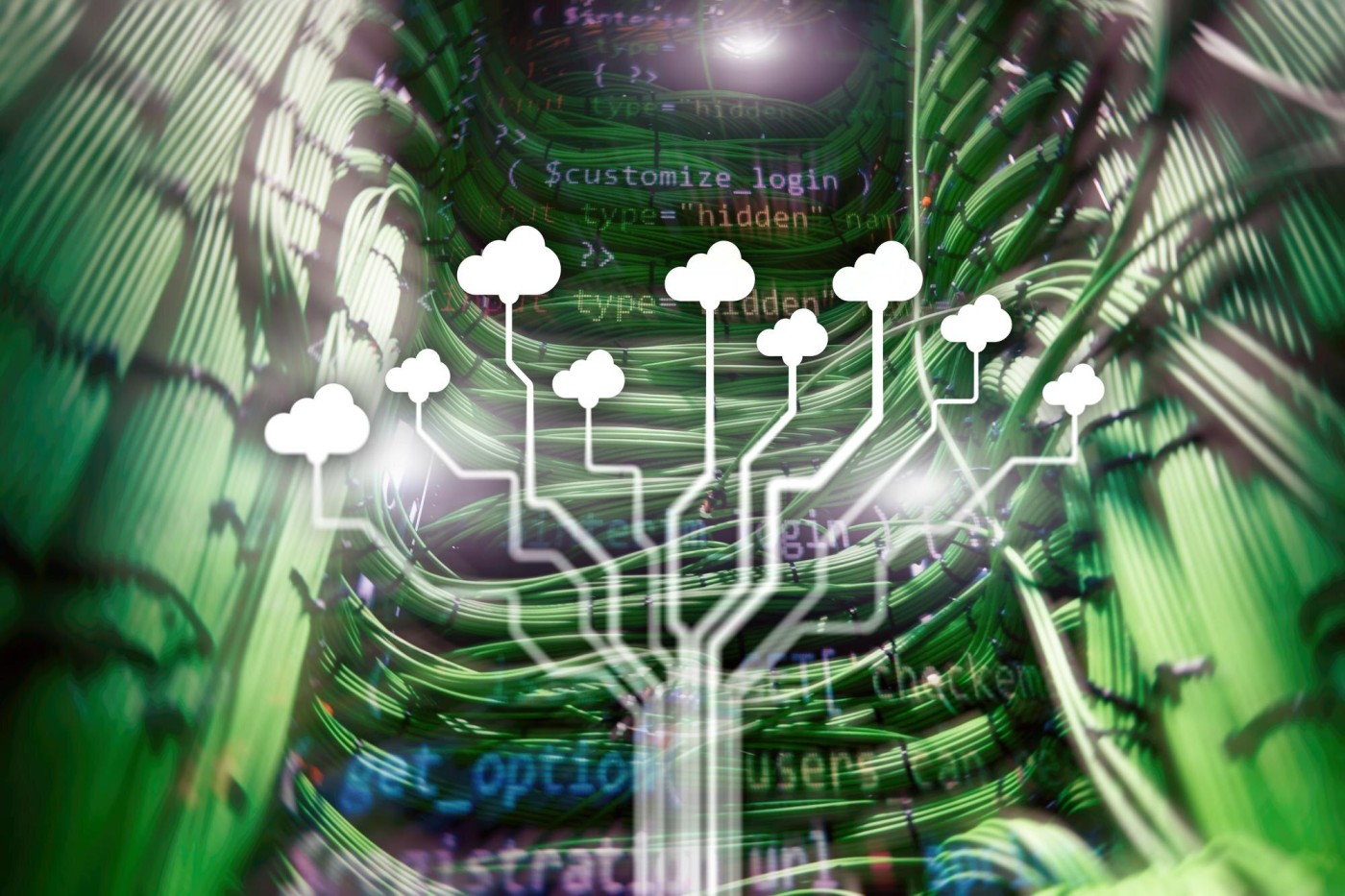Hybrid Computing : The Future of AI and Smart Technology Integration
Introduction
In today’s fast-paced digital world, the way we compute is undergoing a massive transformation. No longer confined to a single system, modern computing is moving towards a blend of infrastructures that each serve a unique purpose. This model, known as hybrid computing, is revolutionizing how we process, analyze, and store data—especially for complex tasks like generative AI. Whether you’re a tech enthusiast or a business looking to scale, understanding hybrid computing can unlock new levels of performance, flexibility, and innovation.

What is Hybrid Computing?
As technology evolves at lightning speed, traditional computing methods are no longer enough to meet the needs of modern applications. That’s where hybrid computing comes in. In simple terms, hybrid computing is a strategy that combines on-premises infrastructure, cloud computing, and edge computing into a unified system. This approach lets each part of a system do what it does best.
Instead of forcing all data and workloads through a single environment, hybrid computing allows businesses to place different tasks where they make the most sense. For example, sensitive data might stay on local servers, while AI models train in the cloud, and real-time decisions happen at the edge.
The Three Pillars of Hybrid Computing
Let’s break it down:
| On-Premises Computing | These are the traditional servers and infrastructure hosted locally by an organization. On-prem is great when you need full control, security, or have legacy systems that can’t move to the cloud. Think banking systems, hospitals, and government data centers. |
| Cloud Computing | Cloud platforms like AWS, Azure, and Google Cloud offer flexible, scalable environments. They are perfect for compute-heavy tasks like training generative AI models or analyzing big data. You pay for what you use, and you get access to cutting-edge technologies without maintaining the hardware. |
| Edge Computing | Edge computing means processing data as close as possible to where it’s generated. Devices like sensors, smartphones, and IoT systems do real-time computing at the “edge” of the network. This minimizes latency, which is essential for applications like autonomous vehicles and industrial automation. |
Benefits of Hybrid Computing
Hybrid computing isn’t just a buzzword—it solves real-world problems. Here are a few reasons why it’s such a powerful approach:
| Benefits | Description |
| Flexibility | Choose the best platform for each task—cloud for scale, edge for speed, on-prem for control. |
| Resilience | Avoid vendor lock-in and ensure business continuity across environments. |
| Security & Compliance | Keep sensitive data local while still leveraging cloud power. |
| Cost Efficiency | Use cost-effective platforms based on workload demand and frequency. |
| Optimized Performance | Split workloads intelligently for faster processing and responsiveness. |
How Hybrid Computing Powers Generative AI
Let’s talk about generative AI—the technology behind tools like ChatGPT, DALL·E, and Midjourney. These applications are incredibly resource-hungry and need different types of computing throughout their lifecycle.
Model Training in the Cloud
Training large language models or image generators takes massive computational power. Cloud platforms provide the GPU and TPU resources needed to train these models efficiently. Cloud also allows scaling on demand, which is perfect when training runs can take days or weeks.
Real-Time Inference at the Edge
Once a model is trained, it needs to make predictions or generate content quickly. That’s where edge computing shines. Whether it’s a voice assistant responding instantly or a robot avoiding an obstacle, edge devices provide fast responses without needing to ping a central server.
Privacy and Regulation with On-Prem
In industries like healthcare or finance, privacy regulations require that data stay local. Hybrid computing allows model inference or analytics to happen on-prem, meeting compliance needs while still benefiting from AI.
Uses and Challenges of Hybrid computing
Hybrid computing isn’t just for AI. Here are some exciting real-world applications:
- Smart Cities: Traffic sensors process data locally while cloud platforms manage analytics.
- Retail: In-store facial recognition works on edge devices; customer insights are analyzed in the cloud.
- Healthcare: Portable diagnostic tools analyze data locally; results are synced to cloud databases.
- Manufacturing: Edge devices predict machine failures; the cloud retrains AI models with new data.
Of course, hybrid computing comes with challenges:
- Integration: Making different systems work together smoothly is complex.
- Security Management: Policies must be unified across all environments.
- Monitoring and Orchestration: You need advanced tools to manage it all.
But with the right tools and strategy, these challenges are manageable.
PCBWay – A Trusted Partner for Electronics Enthusiasts and Professionals
If you’re passionate about electronics—whether you’re a student tinkering with your first Arduino project or a seasoned engineer working on advanced embedded systems—PCBWay is a name you’ve likely heard. As one of the most popular PCB fabrication and prototyping services in the world, PCBWay has become a go-to platform for hobbyists, makers, and industry professionals alike due to its blend of affordability, quality, and community support.

Beyond just PCB fabrication, their services span standard, flexible, high-frequency, HDI, and multilayer boards, as well as stencil production, PCB assembly (PCBA), CNC, and 3D printing, making them a one-stop shop for turning ideas into finished products. With fast turnaround times, extensive quality checks, and a commitment to cost-effectiveness and customer satisfaction, PCBWay offers instant online quotes, detailed order tracking, 24/7 support, low MOQs, student discounts, and reliable delivery even for complex or high-volume orders.
They also nurture a vibrant online community with thousands of open-source hardware projects, encouraging innovation through project sponsorships and discounted services. Recently, they launched a Design Service Platform where users can collaborate with third-party design teams for circuit design, firmware development, mechanical engineering, and documentation, further positioning PCBWay as not just a manufacturer but a full-fledged partner in electronic product development.
Conclusion
Hybrid computing is not just a trend—it’s the architecture of the future. By blending the strengths of cloud, edge, and on-premises systems, it empowers developers, businesses, and innovators to solve problems that were once considered impossible. From training the most advanced AI models to powering real-time decisions in everyday devices, hybrid computing is the bridge to smarter, faster, and more flexible technology solutions. As we step into a world where intelligence is everywhere, hybrid computing ensures the infrastructure can keep up.




